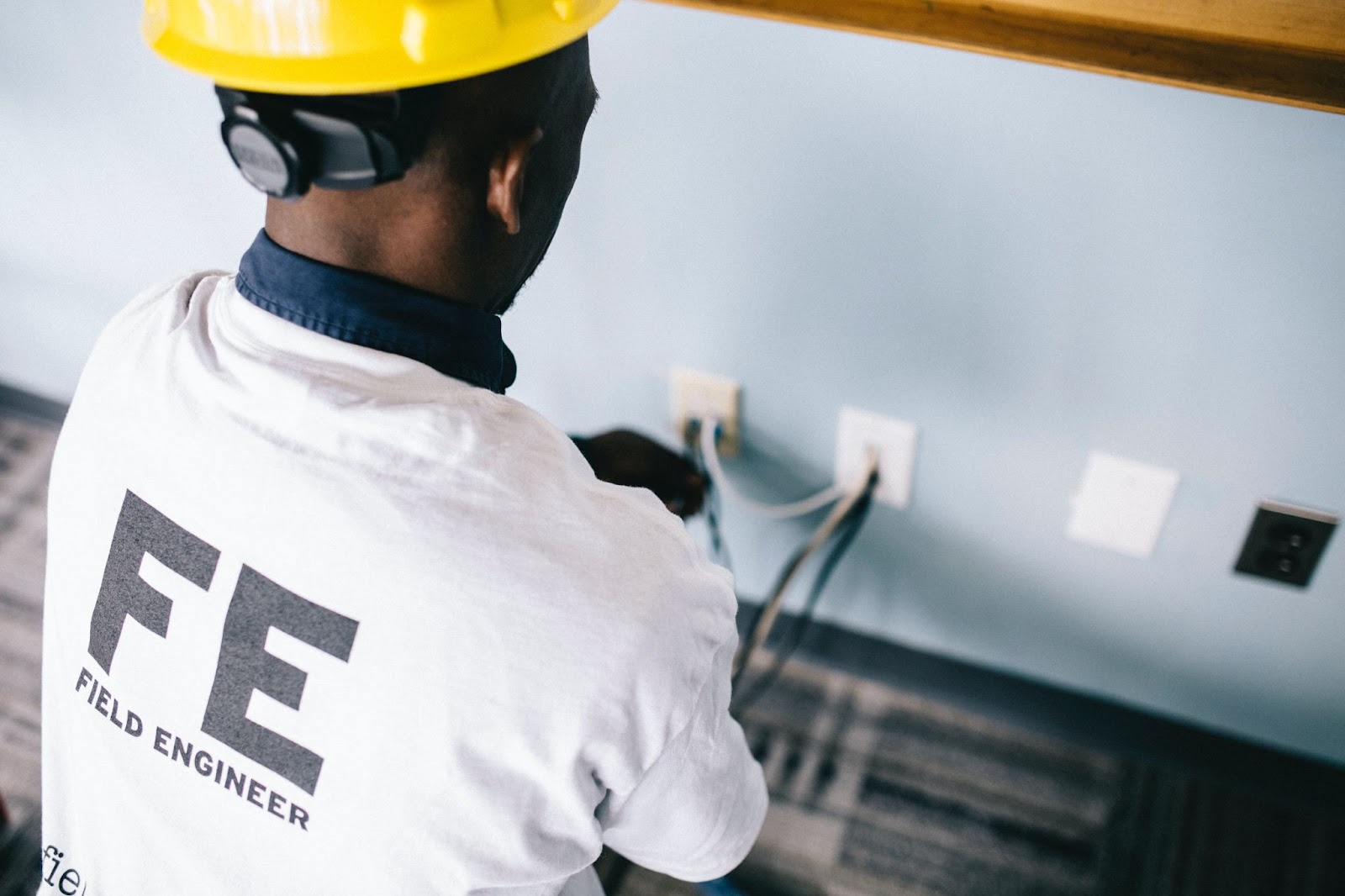
Basic First Aid Tips for Workplace Safety
.png)
Corrective vs. Preventive Actions: Understanding the Difference
To improve safety in the workplace, OSHA has established guidelines for conducting incident investigations. Looking into the root cause of injuries, illnesses, fatalities, or even close calls, allows employers and workers to identify hazards and develop a plan to improve worker health and safety.

Preventing Arc Flash Injuries: Safety Tips & Prevention
Working with electricity isn’t something to fear, but it can come with risks. One of the most significant examples for employees who use electrical equipment is an arc flash injury or arc flash incident. These often occur due to human error, but they can also be a product of natural circumstances.
-1.png)
Preventing Ergonomic Injuries: Tips and Strategies
Ergonomic injuries are prevalent in jobs that involve long periods of sitting, repetitive tasks, and the use of poorly designed equipment. A workplace environment that inadvertently encourages bad posture, fatigue, and awkward movements may lead to both acute and chronic ergonomic injuries over time.
-1.png)
Back Safety Tips: Prevent Injuries in the Workplace
Back injuries are common among workers from various industries including nursing, retail, and manual labor. In 2016, the U.S. Bureau of Labor Statistics found that 38.5% of all musculoskeletal issues experienced by employees at work were back-related.
-1.png)
10 Electrical Safety Precautions for Injury Prevention
Electrical equipment may be common, but it can also be dangerous. Despite this, electrical devices and equipment can be found in most homes, offices, and workplaces. While most people may not directly work with electricity, following basic safety precautions can keep you and others safe across the board.

.png)

